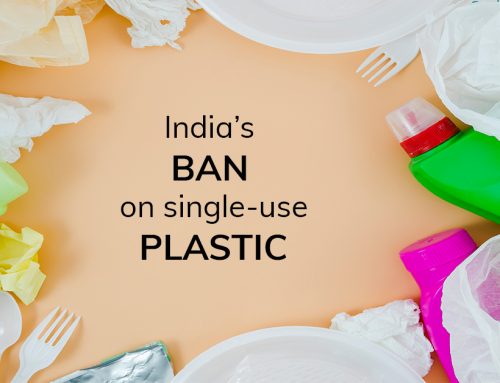In January 2020 the World Health Organization (WHO) declared the outbreak of a new coronavirus disease in Hubei Province, China to be a Public Health Emergency of International Concern. WHO stated there is a high risk of the 2019 coronavirus disease (COVID-19) spreading to other countries around the world.
WHO and public health authorities around the world are taking action to contain the COVID-19 outbreak. However, long term success cannot be taken for granted. All sections of our society – including businesses and employers – must play a role if we are to stop the spread of this disease.
How COVID-19 spreads
When someone who has COVID-19 coughs or exhales they release droplets of infected fluid. Most of these droplets fall on nearby surfaces and objects – such as desks, tables or telephones. People could catch COVID-19 by touching contaminated surfaces or objects – and then touching their eyes, nose or mouth. If they are standing within one meter of a person with COVID-19 they can catch it by breathing in droplets coughed out or exhaled by them. In other words, COVID-19 spreads in a similar way to flu. Most persons infected with COVID-19 experience mild symptoms and recover. However, some go on to experience more serious illness and may require hospital care. Risk of serious illness rises with age: people over 40 seem to be more vulnerable than those under 40. People with weakened immune systems and people with conditions such as diabetes, heart and lung disease are also more vulnerable to serious illness.
Simple ways to prevent the spread of COVID-19 in your workplace
The low-cost measures below will help prevent the spread of infections in your workplace, such as colds, flu and stomach bugs, and protect your customers, contractors and employees.
Employers should start doing these things now, even if COVID-19 has not arrived in the communities where they operate. They can already reduce working days lost due to illness and stop or slow the spread of COVID-19 if it arrives at one of your workplaces.
• Make sure your workplaces are clean and hygienic
– Surfaces (e.g. desks and tables) and objects (e.g. telephones, keyboards) need to be wiped with disinfectant regularly
– Why? Because contamination on surfaces touched by employees and customers is one of the main ways that COVID-19 spreads
• Promote regular and thorough hand-washing by employees, contractors and customers
– Put sanitizing hand rub dispensers in prominent places around the workplace. Make sure these dispensers are regularly refilled
– Display posters promoting hand-washing – ask your local public health authority for these or look on www.WHO.int.
– Combine this with other communication measures such as offering guidance from occupational health and safety officers, briefings at meetings and information on the intranet to promote hand-washing
– Make sure that staff, contractors and customers have access to places where they can wash their hands with soap and water
– Why? Because washing kills the virus on your hands and prevents the spread of COVID-19
• Promote good respiratory hygiene in the workplace
– Display posters promoting respiratory hygiene. Combine this with other communication measures such as offering guidance from occupational health and safety officers, briefing at meetings and information on the intranet etc.
– Ensure that face masks1 and / or paper tissues are available at your workplaces, for those who develop a runny nose or cough at work, along with closed bins for hygienically disposing of them
– Why? Because good respiratory hygiene prevents the spread of COVID-19
• Advise employees and contractors to consult national travel advice before going on business trips.
• Brief your employees, contractors and customers that if COVID-19 starts spreading in your community anyone with even a mild cough or low-grade fever (37.3 C or more) needs to stay at home. They should also stay home (or work from home) if they have had to take simple symptoms of infection.
– Keep communicating and promoting the message that people need to stay at home even if they have just mild symptoms of COVID-19.
– Display posters with this message in your workplaces. Combine this with other communication channels commonly used in your organization or business.
– Your occupational health services, local public health authority or other partners may have developed campaign materials to promote this message
– Make clear to employees that they will be able to count this time off as sick leave.
Stay Updated about Virus from the sources with the right information and authority:
https://www.who.int/
http://www.mohfw.gov.in/
Source: https://www.who.int/





